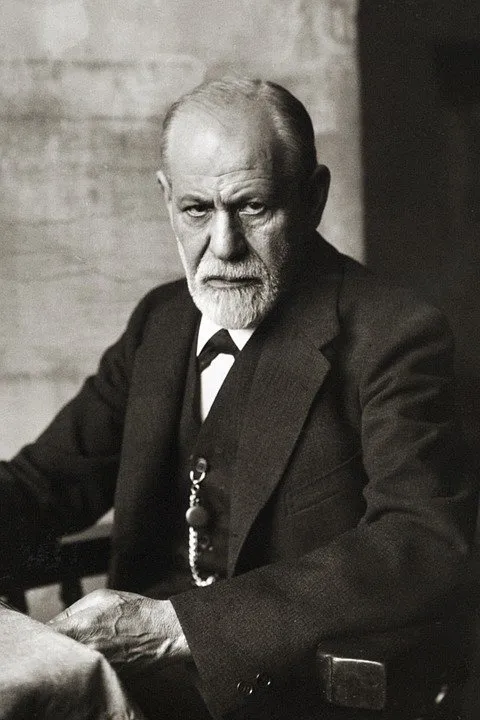“Anna O” is a pseudonym given to Bertha Pappenheim – a patient of psychologist Josef Breuer, with her case going on to effect the field of psychology hugely. In this article, we take a look at the case.
Every good character has an “origin” story. In many ways, this is the origin story of Sigmund Freud – the neurologist that would go on to have an enormous and far-reaching impact on psychology and mental health.

The Case of Anna O
Anna O originally sought the help of Breuer in 1880 due to a range of symptoms, among which were hallucinations, speech problems and paralysis in the right side of her body. These symptoms had arisen while caring for her dying father.
Breuer diagnosed Anna O with hysteria – which was seen as an actual mental health condition at the time [1]. In the contemporary age, hysteria is seen as a sub-symptom in Somatic Disorders.
From 1880 to 1882, Breuer treated Anna O. He found that Anna O seemed to gain some relief from her symptoms when talking about her experiences. She suggested the approach employed by Breuer amounted to a “talking cure”.
The idea of simply talking through mental disturbances at the time was unheard of. So while in this day and age this sounds like an obvious thing to do – at the time it was revolutionary!
Breuer documented his treatment of Anna O in the book “Studies on Hysteria” [2]. The book was co-written with Breuer’s protégé – a certain Sigmund Freud. Breuer and Freud discussed the case of Anna O in great detail.
The impact on Sigmund Freud
The case captivated Freud, who never actually met Anna O. Freud went on to develop a theory about what the deeper cause of Anna O’s condition was. Freud believed that Anna O’s hysteria was due to childhood sexual abuse.
However, Breuer disagreed with this assertion, and questioned Freud’s theory that sexuality was at the root of the problem. The duo parted ways amicably in the aftermath of the case, ending their collaboration.
Breuer continued looking into talking therapy – believing it could be an effective treatment for mental health problems. As for Freud this case was crucial in the development of what became Psychoanalysis – which is the name of Freud’s wide range of collective theories on mental health.
Some of the techniques used by Breuer in the therapy influenced key concepts of Freud’s psychoanalysis. Freud even went as far to say that Anna O was the actual founder of the psychoanalytic approach to treatment of mental health disorders.
He would eventually go on to publish his famous book “The Interpretation of Dreams” [3]. The analysis of dreams and free word association are among the most used techniques in psychoanalytical psychotherapy.
What Happened to Anna O?
Unfortunately, Anna O didn’t improve under Breuer’s watchful eye, and she gradually deteriorated to the extent that she was sectioned. While the case is heralded as being a major step for mental health treatment, it also has the caveat of hosting a rather sad story.
The good news is that Anna O did eventually recover, and was even commemorated by her native West Germany in 1954 with a special issue postal stamp, with her picture adorning the stamp.
Summary
Talking therapy in the modern day is seen as a first-choice form of treatment for the vast majority of mental health conditions. Even those without such conditions can find some relief in talking treatment.
This can all be traced back to Anna O – which shows what a huge impact her case had on mental health. Freud was captivated, and the field of psychology was never the same again.
See Also
- All About Freud’s Psychoanalysis Theory
- Psychoanalytical Psychotherapy
- Psychodynamic Psychotherapy
- Freud and Mental Health
Disclaimer
This website should be used purely for informational purposes, and does not intend to, nor should it ever, be used as a replacement for professional medical advice.
We strive to keep all of our pages updated, and ensure that our website is full of factual and in-depth information. However, we encourage you to browse this website with care.
As a reminder, this website and all content within it cannot and should not replace the advice of a trained medical professional. You can read our full disclaimer at this link.
Helplines
If you are struggling with your mental health, help is available. With the right support and treatment, you can make a recovery. For information on helplines, or if you are in a state of crisis, please visit our crisis page by clicking on the relevant link for your geographical location (United Kingdom), (United States), (International). You can also see how to get mental health treatment and the process involved by clicking this link.
References
[1] Madva, E., Ross, D. & Cooper, K. (2019). What’s All the Hysteria About? A Modern Perspective on Functional Neurological Disorders. Biological Psychiatry. 85 (2).
[2] Breuer, J. & Freud, S. (1895). Studies on hysteria. London: Hogarth Press.
[3] Freud, S. (1899). Die Traumdeutung. Leipzig: F. Deuticke.


































